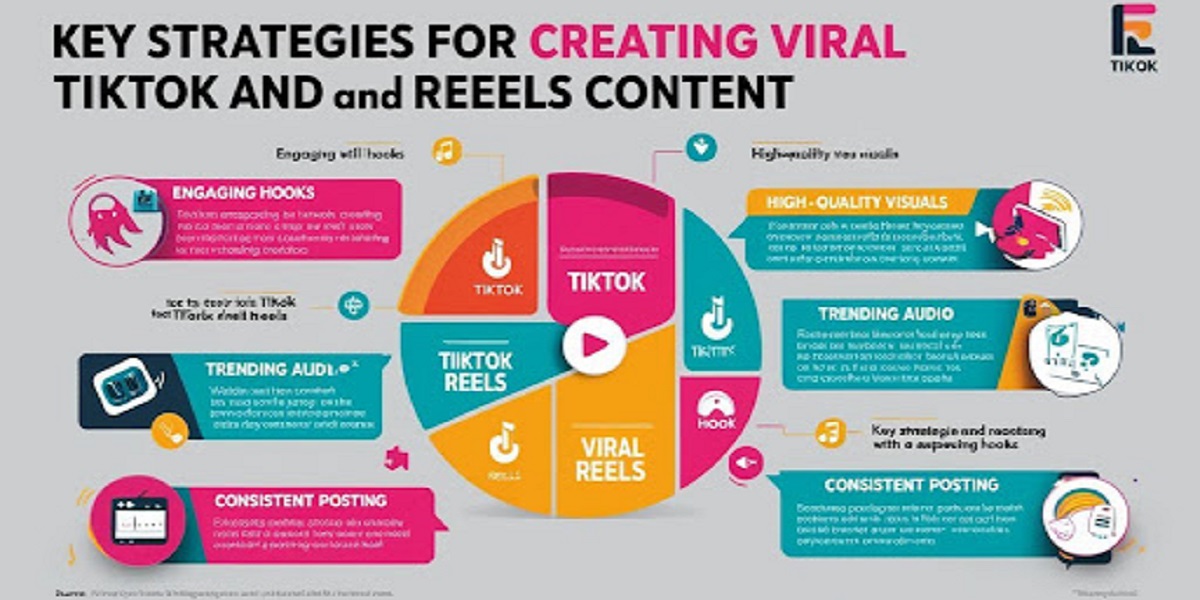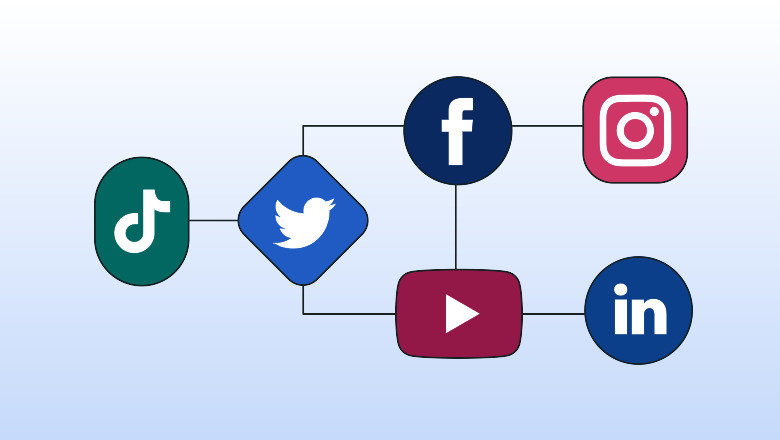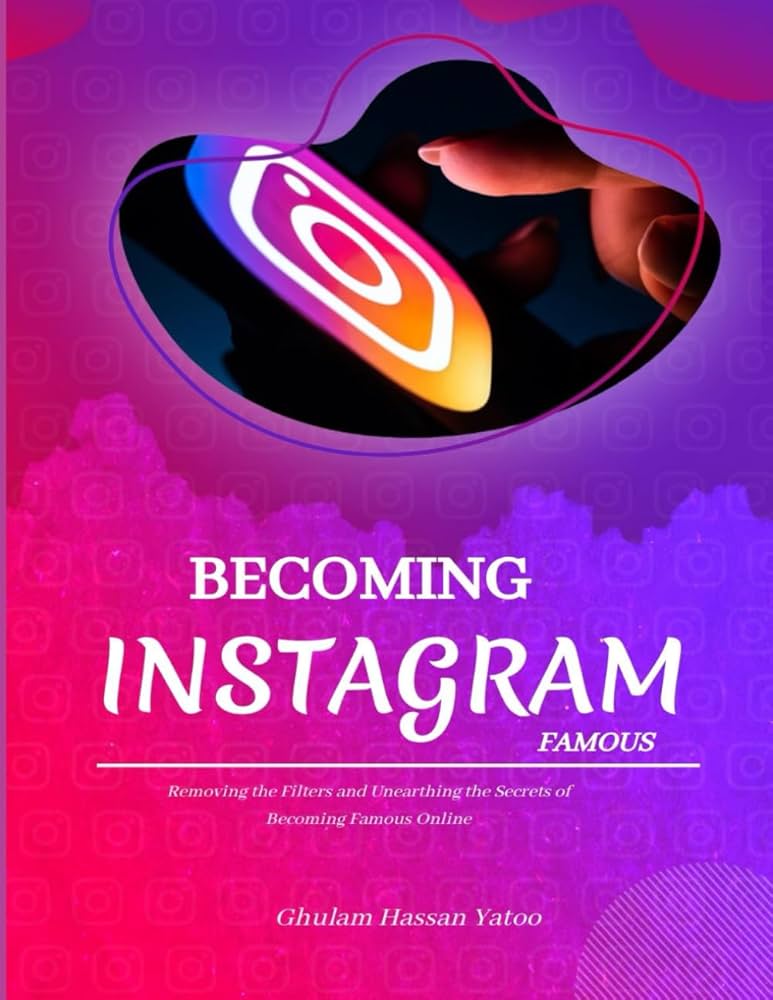Mastering the Art of Going Viral on Social Media: A Step-by-Step Strategy


Understanding Viral Content
Definition of Viral Content
Viral content refers to any piece of media—be it a video, image, or article—that spreads rapidly across the internet, shared by countless users. It creates a wave of engagement, often characterized by its ability to resonate with audiences emotionally or humorously.
Characteristics of Viral Content
When it comes to crafting viral content, several key characteristics stand out:
- Emotional Impact: Content that elicits strong feelings—joy, surprise, or even anger—tends to be shared more.
- Relatability: Users connect with content that mirrors their experiences or opinions.
- Unique Perspective: Offering a fresh take on trending topics is crucial for standing out.
For example, consider the viral ice bucket challenge; its blend of humor, charity, and engagement captured wide attention, showcasing these characteristics effectively.

Psychology Behind Virality
Emotional Triggers
Understanding the psychology behind why content goes viral is essential. Emotional triggers play a pivotal role in this phenomenon. Content that inspires feelings such as:
- Happiness: Uplifting or funny videos often get shared.
- Surprise: Unexpected twists captivate audiences.
- Fear: Content that evokes concern can spur discussions.
Think of the immense popularity surrounding heartwarming reunion videos—they evoke joy and often prompt viewers to share.
Virality Factors
Several key factors influence the virality of content:
- Social Currency: Users want to share content that makes them appear knowledgeable or trendy.
- Practical Value: Useful or informative posts are more likely to be circulated.
- Stories: Narratives that resonate tend to be more shareable.
Ultimately, a combination of these elements can propel ordinary content into the viral stratosphere, making it memorable and widely discussed.

Creating Shareable Content
Content Ideation
Moving from understanding psychology to action, creating shareable content starts with solid content ideation. Generating ideas that resonate with your audience involves:
- Brainstorming Sessions: Gather your team to bounce around creative concepts.
- Audience Research: Understand what topics ignite interest in your target demographic.
- Trending Topics: Leverage current events to foster timely content.
For instance, when the latest tech gadget releases, creating how-to guides or reviews can draw significant attention.
Visual Appeal
Visual appeal also plays a crucial role in making content shareable. Compelling visuals can capture attention instantly. Here’s how to enhance visual appeal:
- High-Quality Images: Invest in eye-catching graphics or photographs.
- Infographics: Present data in a visually engaging format.
- Videos: Short clips can communicate messages more effectively than text alone.
Utilizing these techniques not only entices the viewer but also increases the likelihood they’ll share your content with others.

Leveraging Social Media Platforms
Platform-Specific Tactics
Transitioning from creating shareable content, the next step is to effectively leverage social media platforms. Each platform has its unique characteristics that can enhance visibility:
- Instagram: Use Stories and IGTV for short, engaging clips.
- Twitter: Share bite-sized content with trending hashtags to boost discovery.
- Facebook: Engage with community groups to foster discussions around your content.
For example, a travel blog can share stunning images on Instagram, while offering tips in Twitter threads to spark conversation.
Engagement Strategies
Now, engagement strategies are vital for nurturing relationships with your audience. Consider implementing the following to keep users interacting:
- Polls and Questions: Encourage audience participation through surveys.
- User-Generated Content: Feature content created by your audience to promote a sense of community.
- Prompt Responses: Quickly reply to comments and messages to build rapport.
By employing these tactics, brands not only elevate their content but also create a more engaging and interactive environment for their followers.

Influencer Partnerships
Identifying Influencers
Building on engagement strategies, establishing influencer partnerships can significantly elevate brand visibility. Identifying the right influencers involves:
- Niche Relevance: Choose influencers whose content aligns with your target audience.
- Engagement Rate: Look for influencers with high interaction levels rather than just large followings.
- Authenticity: Evaluate their previous collaborations for genuine connections with their audience.
For instance, a fitness brand might partner with micro-influencers specializing in wellness to foster deeper audience trust.
Collaborative Campaigns
Once the right influencers are chosen, creating collaborative campaigns is essential. These partnerships can include:
- Co-Created Content: Develop posts or videos that merge your brand with the influencer’s unique style.
- Giveaways: Team up for contests that encourage audience interaction through shares and likes.
- Event Sponsorships: Collaborate on live events or workshops for direct engagement with potential customers.
By strategically implementing these practices, brands can harness the power of influencer partnerships to reach wider audiences and drive stronger connections.

